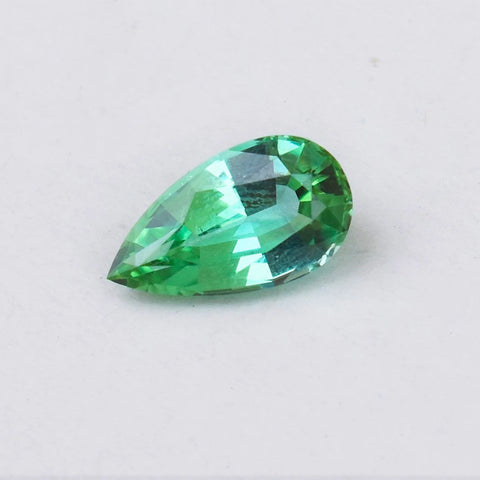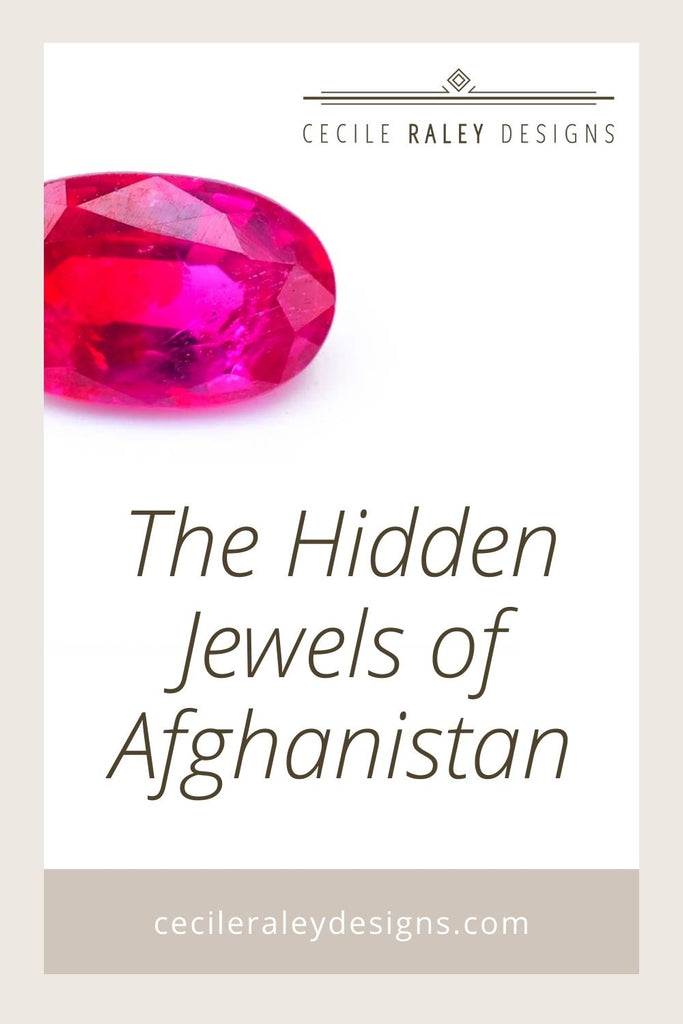The Hidden Jewels of Afghanistan
Ravaged by decades of off and on war and religious oppression, Afghanistan is getting a lot of negative attention lately, and needs our support. As a woman-owned company, we would like to do our part by donating the profits of all of our Afghanistan gems that we sell to the women's rights organization, Women for Afghan Women.
Because of its unique geography, Afghanistan has a very rich and long-standing mining culture with over 1400 mining fields, going back thousands of years to Alexander the Great and even earlier. Its most well-known gem, lapis lazuli, can even be found in Egyptian jewelry.
However, much of the gem mining industry is still at an artisanal stage, with small and often independent groups trekking into mountain ranges such as the Panjshir mountains north of Kabul where the famous emeralds are found. This Wikipedia entry is fairly comprehensive and more detailed than what I can offer.
Many of the mining regions for colored gemstones can only be reached on foot, and this is another reason why gem mining has never turned into a large-scale operation. Additionally, many of the fields have never been seen or reached by trained geologists. Consequently, our knowledge of the exact geology is second hand.
As you probably know, emeralds and rubies from Afghanistan are quite well known and well regarded among gem connoisseurs. Panjshir emeralds have a rich minty green color and tend to be very clean, somewhat similar to Russian emeralds but with warmer tones and more fissures (hence somewhat more oil). The material rivals that of the Muzo mines in Colombia. This older GIA article goes more into detail. Another location, the Swat Valley in Pakistan, is also known for emeralds of very similar color to Panjshir.


The Afghanistan ruby is similar in body color to the Burmese ruby, but can sometimes be more reddish because of the iron deposits. It also has very bright and beautiful fluorescence. We have a beautiful bi-color piece available that shows off the nicest color of Afghan ruby. Bi-color rubies are extremely rare (and very unique to Afghanistan material).

Tourmaline (green and lighter pink) is also very common in Afghanistan. The greens tend not to have the deep blueish tones one used to find in Brazil but are more minty or grass colored and lighter. You can also find some very nice bi-color specimens. The pinks tend to be on the lighter side, so I haven’t invested in these.

The same region that produces ruby also produces Spodumene (kunzite, hiddenite). The kunzite is a gorgeous strong pink color but we do not carry kunzite because it can lose its color in sunlight. Hiddenite hasn’t been very available on the market in recent years. The last batches I got, years ago, were from areas bordering Pakistan.
As I said above, lapis lazuli is probably the most widely known Afghan gem and production of lapis in Badakhshan is quite large. Turquoise from Afghanistan is also popular in the gem market.
Of course, my favorite gem – spinel - is mined in Afghanistan as well but this is not as well known yet. Richard Hughes wrote an informative article about it here. The more well-known spinels are from what is now Tajikistan (which borders Afghanistan to the Northwest). Tajikistan spinel has a soft to padparadscha colored pink.
The spinels I’ve seen from Afghanistan have a lavender tone and are produced in the Parawara mine (also in Badakhshan). Most of that material is not clean but there is some gem grade stuff available which we locked in a few months ago.

Of course, the future of gem mining in Afghanistan is uncertain at this stage, but in the end, gems outlast all humans, and all human strife. Only time will tell but I think in the (very) long run, Afghanistan’s mining culture will find a way to continue.
Continue reading
